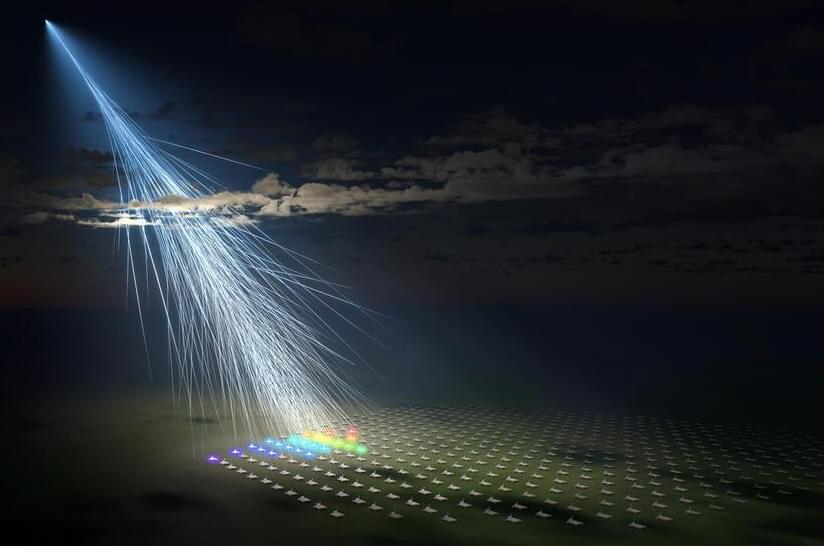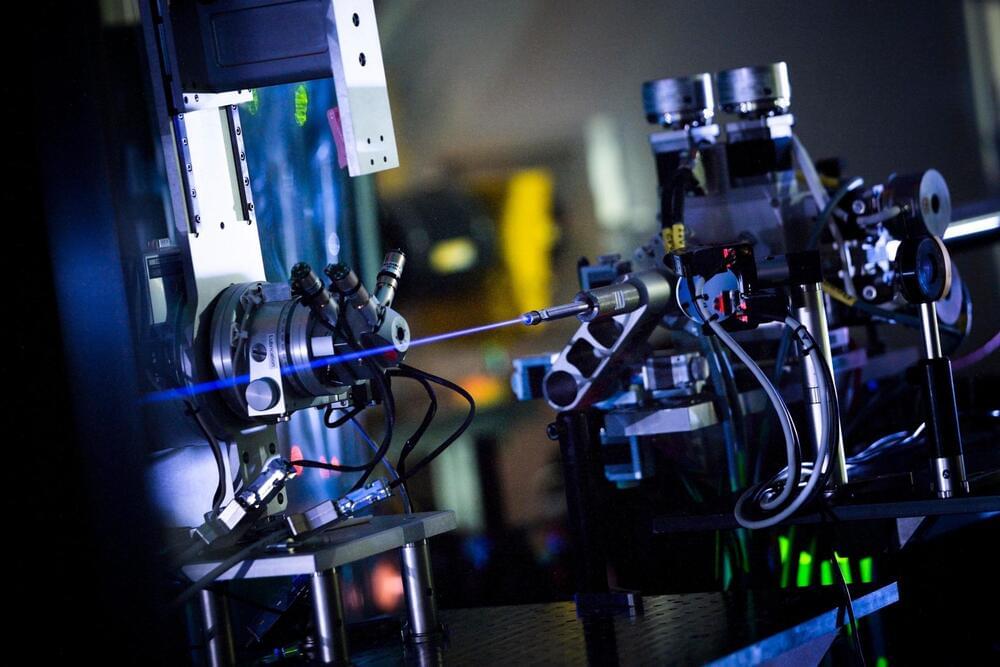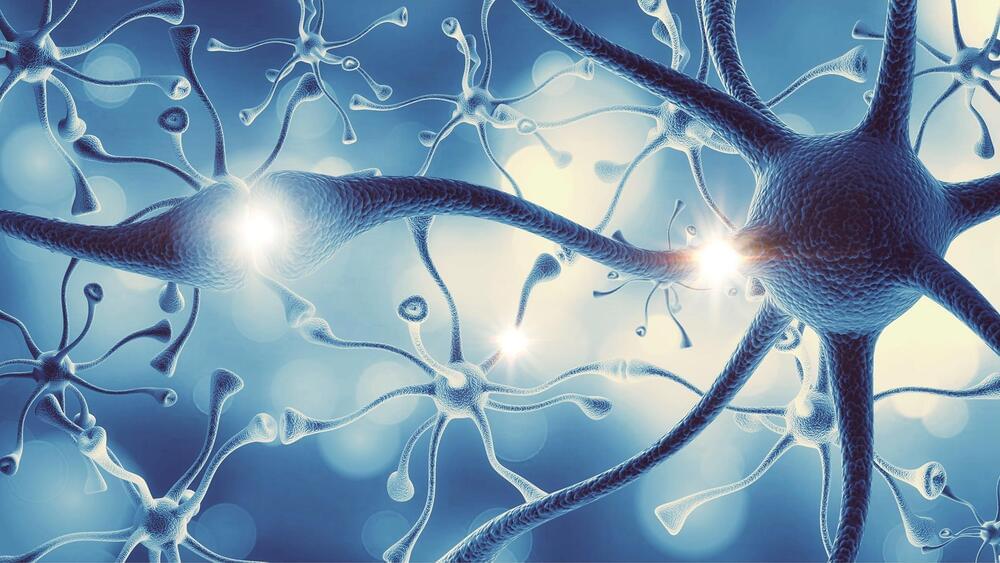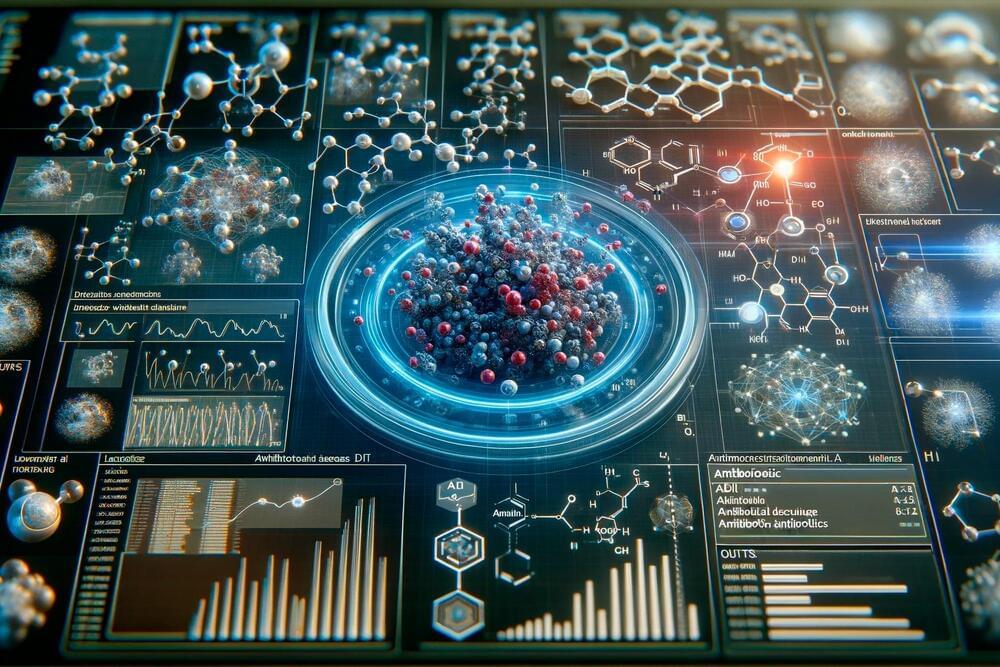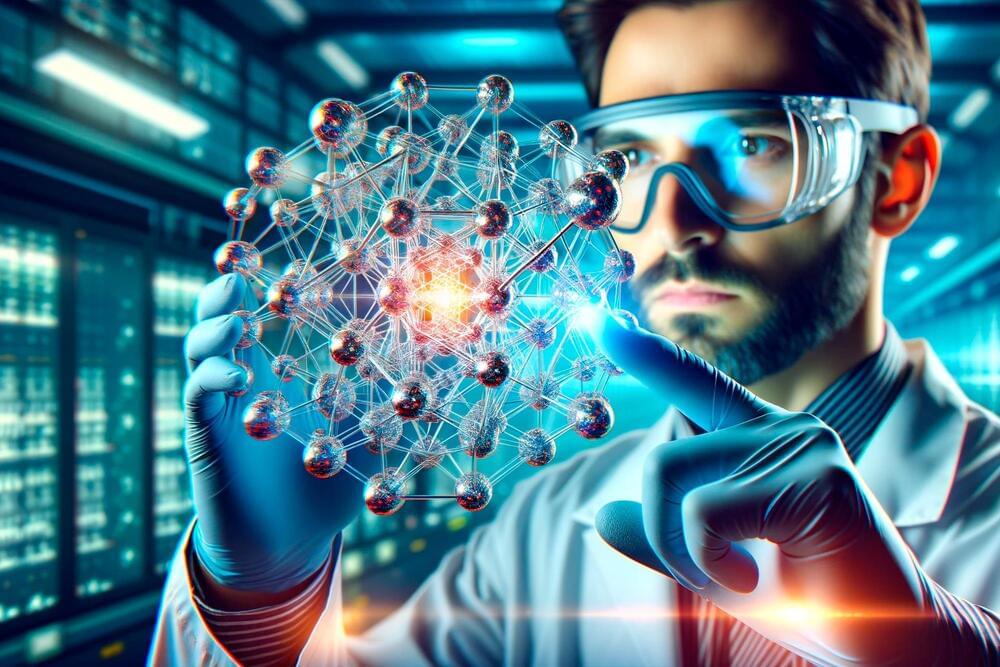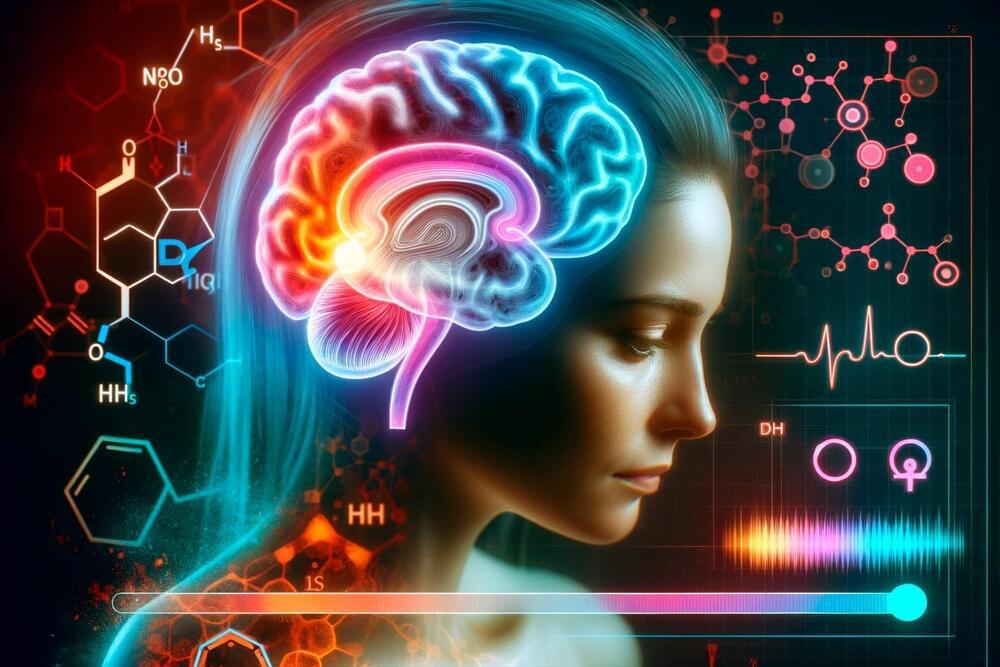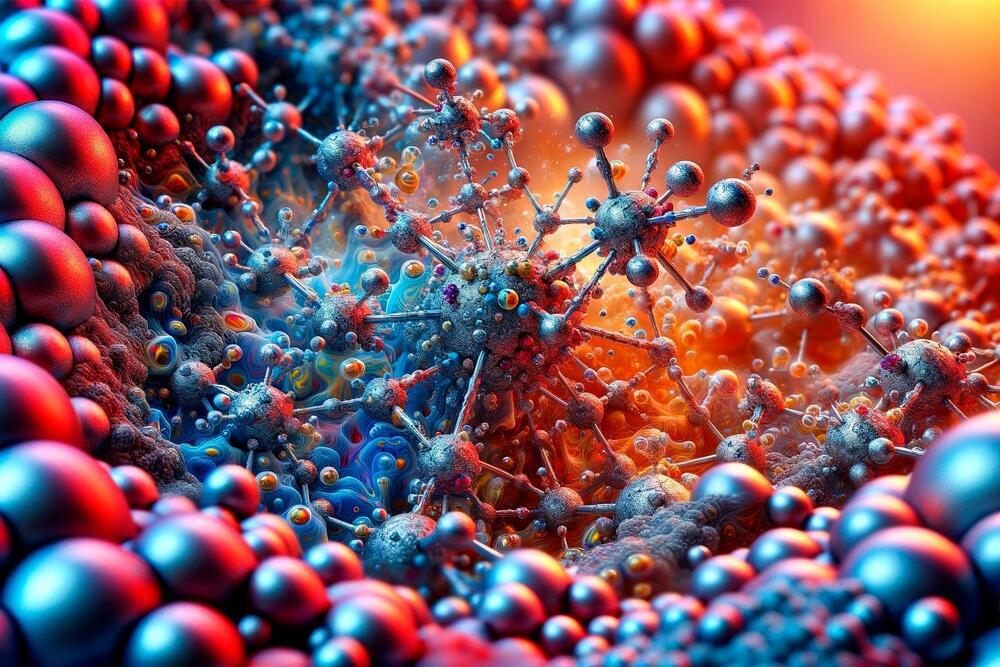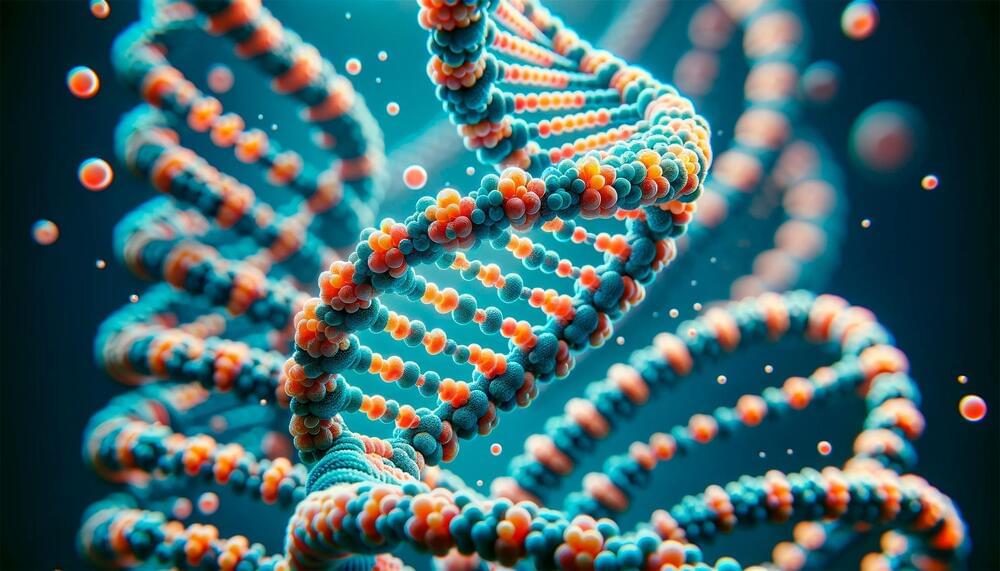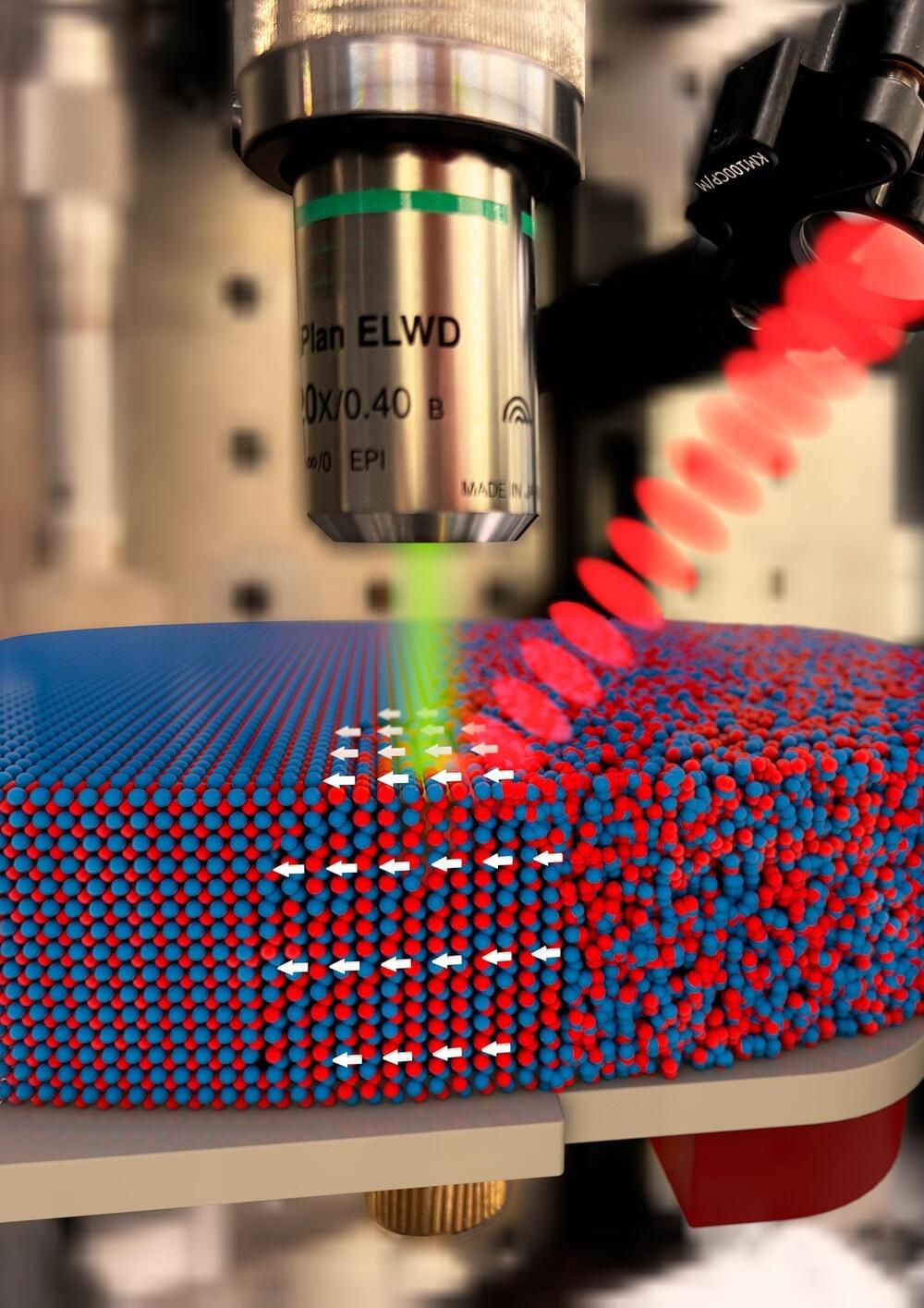Dec 20, 2023
In a Striking Discovery, AI Shows Human-Like Memory Formation
Posted by Saúl Morales Rodriguéz in category: robotics/AI
Researchers have discovered that AI memory consolidation processes resemble those in the human brain, specifically in the hippocampus, offering potential for advancements in AI and a deeper understanding of human memory mechanisms.
An interdisciplinary team consisting of researchers from the Center for Cognition and Sociality and the Data Science Group within the Institute for Basic Science (IBS) revealed a striking similarity between the memory processing of artificial intelligence (AI) models and the hippocampus of the human brain. This new finding provides a novel perspective on memory consolidation, which is a process that transforms short-term memories into long-term ones, in AI systems.
Advancing AI through understanding human intelligence.

